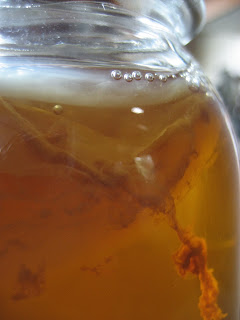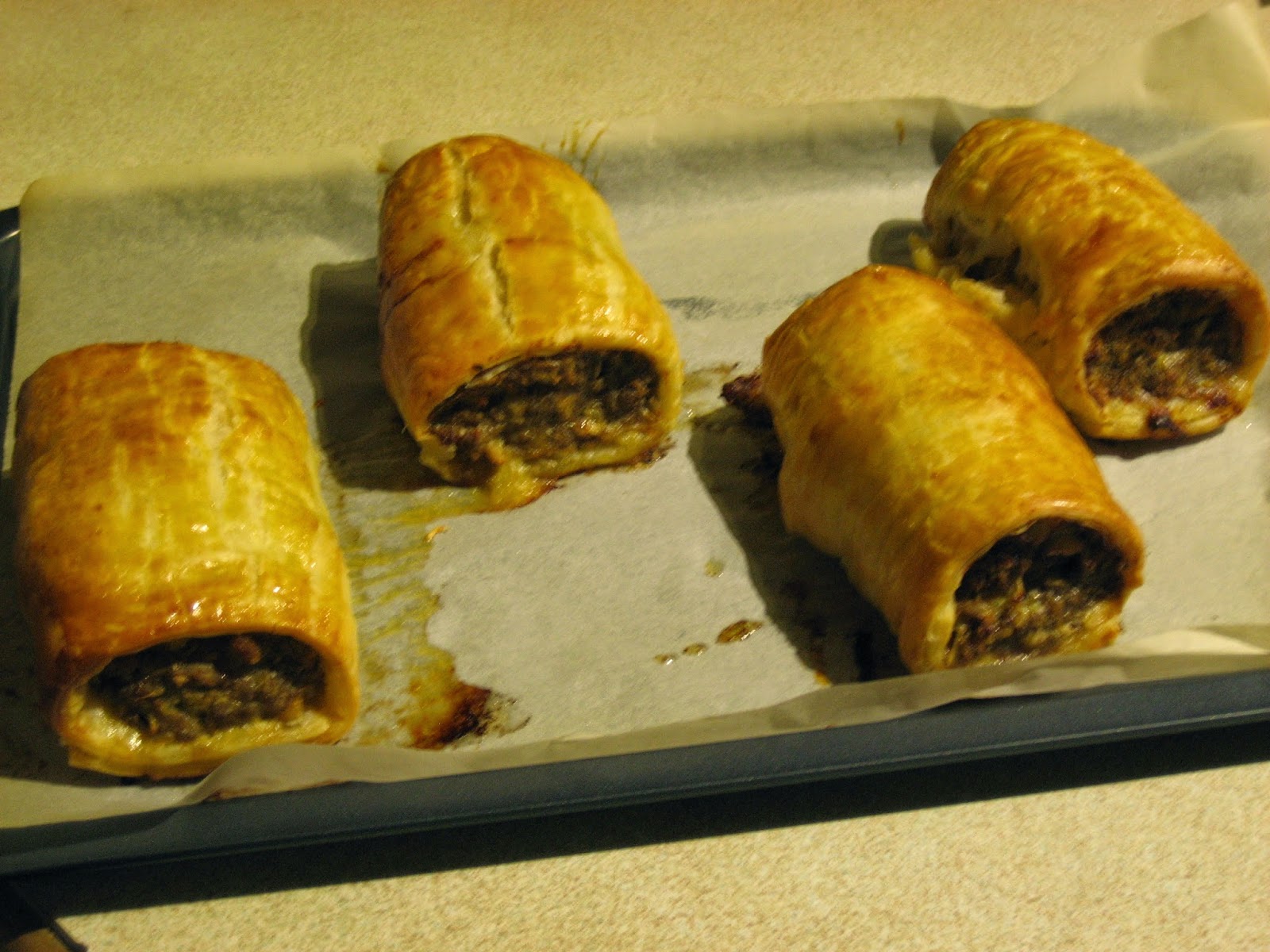Kombucha is an ancient fermented beverage that is believed to have started in China and Russia and then spread around the world. Kombucha is made by adding a sweet tea to a Kombucha mother/fungus and then being left to ferment.
The mother is known as a a SCOBY which stands for a Symbiotic Culture Of Bacteria and Yeast and it is a living organism. Once fermented the Kombucha has probiotic properties just like other fermented foods and drinks such as Kvass, Sauerkraut, Yogurt, Kefir and Kimchi.
Kombucha is a health giving beverage that claims to detoxify the body, energise the mind, prevent illness and restore good health.
The Kombucha SCOBY works on the sugar and tea to produce acetic acid, lactic acid and small amounts of a detoxifying substance
glucuronic acid.
Glucuronic acid is normally produced in the liver and assist with the neutralising and removal of toxins from the body. The additional glucuronic acid is said to aid the body in its natural cleansing process, boost the immune system and be a proven
prophylactic against cancer and other degenerative diseases.
But the best reason for drinking Kombucha is that it is a delicious, refreashing and epervesent drink that is slightly sweet (depending on how long you brew it for) and acidic and so much better than soft drink.
Kombcha is brewed using just the SCOBY and sweet tea (green, black or herbal) but you can add herbs (non oily ones), spices and fruit juices to create a range of flavours.
If you are interested in making your own Kombucha it is really easy but you will need a SCOBY which can be purchased on line, gifted from someone who is already brewing Kombucha or you can brew you own (more about that tomorrow).
Kombucha should be brewed in either a glass or stoneware with a non toxic glaze vessel with a breathable cover. You need the open top so that you can get to the SCOBY and remove it. The reason you need to be able to the SCOBY is that it grows and multiples with every batch you make so you need to be able to remove them when the build up.
The basic recipe I use is as follows:
Take a 2 liter jug and add 3/4 cup of sugar. Boil your kettle and add approximately 3 cups of boiling water to your sugar and still until dissolved. Then add 2 black tea bags and 1 green tea and leave to brew for 10 - 15 minutes. Remove your tea bags and top up the jug with cold water to the full 2 liters.
 |
| The 2 liters of Tea Mix |
Add you sweet tea mix to your kombucha vessel that contains your SCOBY and at least 1 cup of kombucha and leave to brew.
 |
About a cup or so left from the last batch.
The brown stuff on the bottom are dead yeast cells, you can clean
them out but as you can see they sit below my exit spout. |
The number of days it takes will depend how warm it is, here in QLD mine can take as little as 3 days when it is warm. It is best to judge when it is ready by taste. You want it to taste only slightly sweet and more like cider. It will have a slightly apple cider vinegar taste when brewed but if you let it go too long it will taste very much like apple cider vinegar and you will probably want to use it for something other than drinking.
Once mine is brewed to how I like it I bottle it in large glass bottles and store in the fridge. The bottles help capture all the little bubbles and it remains slightly fizzy as you use it up.
Once I have bottled it I get another brew on the go.
So what does a SCOBY look like? Well it looks like a rubbery floaty thing and can be pale or even a bit blotchy
 |
| The SCOBY floating in the Kombucha |
As I said before the SCOBY multiplies and you often need to remove some of it. If you need to handle your SCOBY wash your hands well with plain soap and water and rinse well. Have a clean plate ready to place your SCOBY on once it has been removed.
Once you have removed your SCOBY will see that there are layers of SCOBY, some thick, some thin, and you can peel them apart.
 |
| The layers of SCOBY separate easily. |
You only need one to add back in so separate one off and add back into your vessel.
 |
| One layer ready to be added back in |
 |
| Back in my Kombucha Crock ready for a new brew. |
With any extra SCOBYs you have there are a range of things you can do with them including give them away to friends, adding pieces to a smoothy, making a face mask, drying them into a jerky, feeding them to animals or adding to your compost or worm farm, just check the internet for ideas.
Tomorrow I will share with you how to grow you own SCOBY.
Do you drink Kombucha?
Do you have any tips to share or flavour combinations you like?




















































